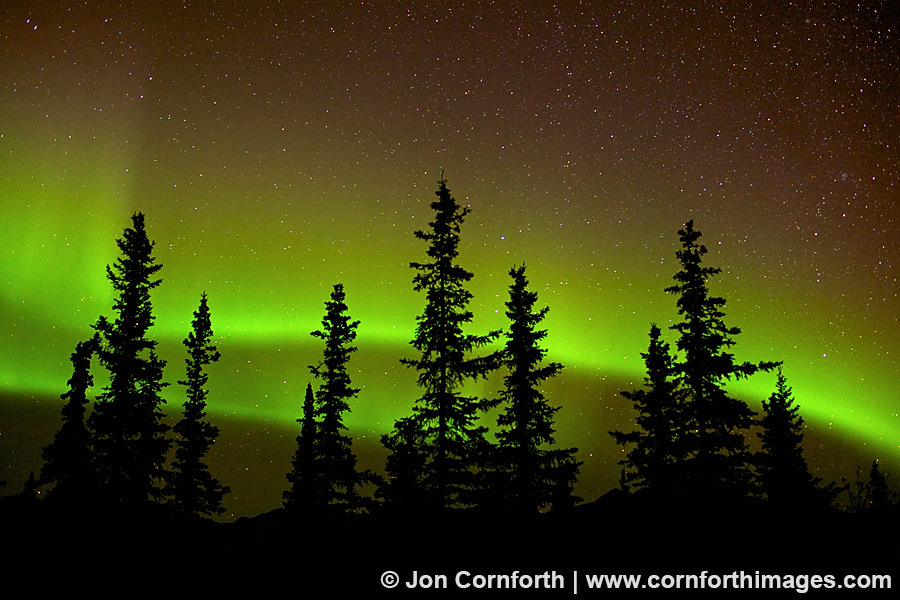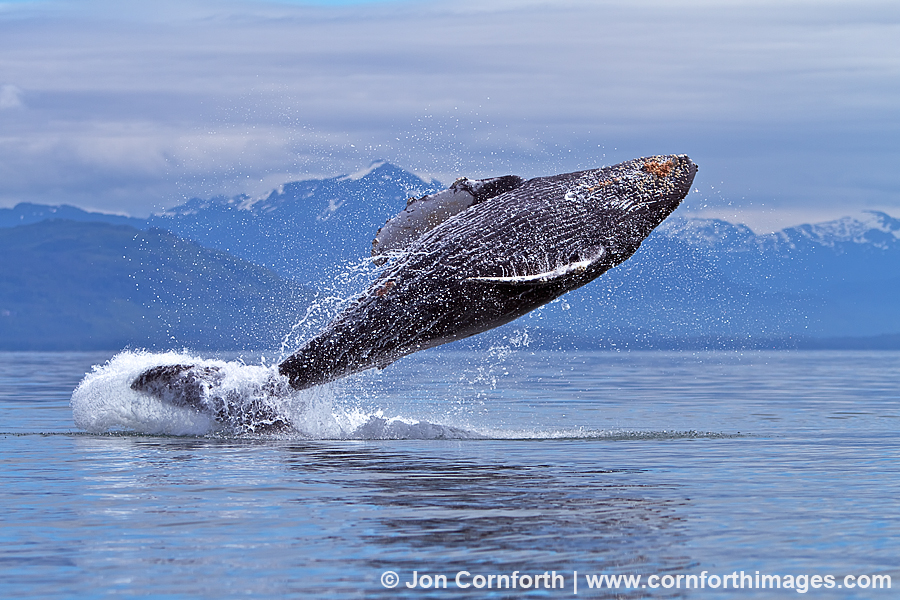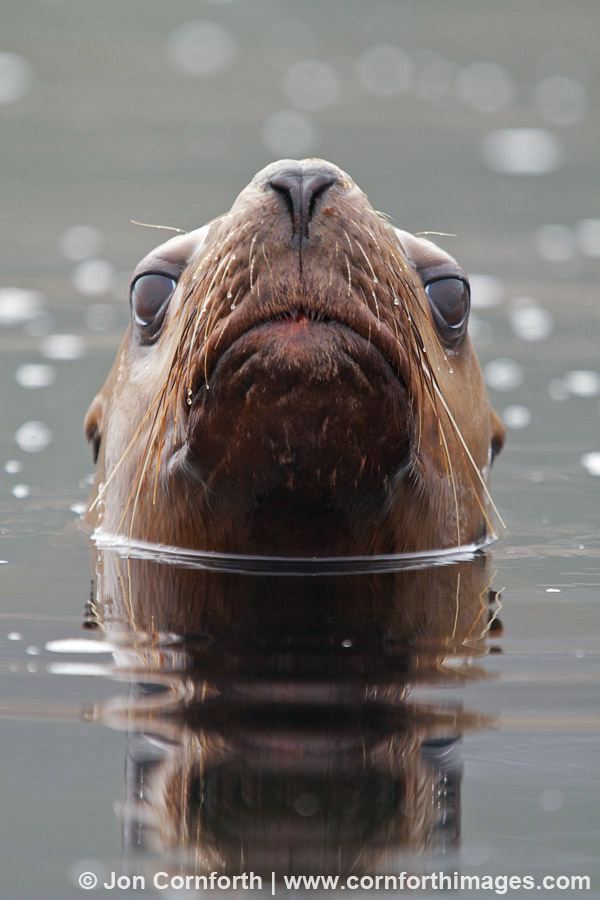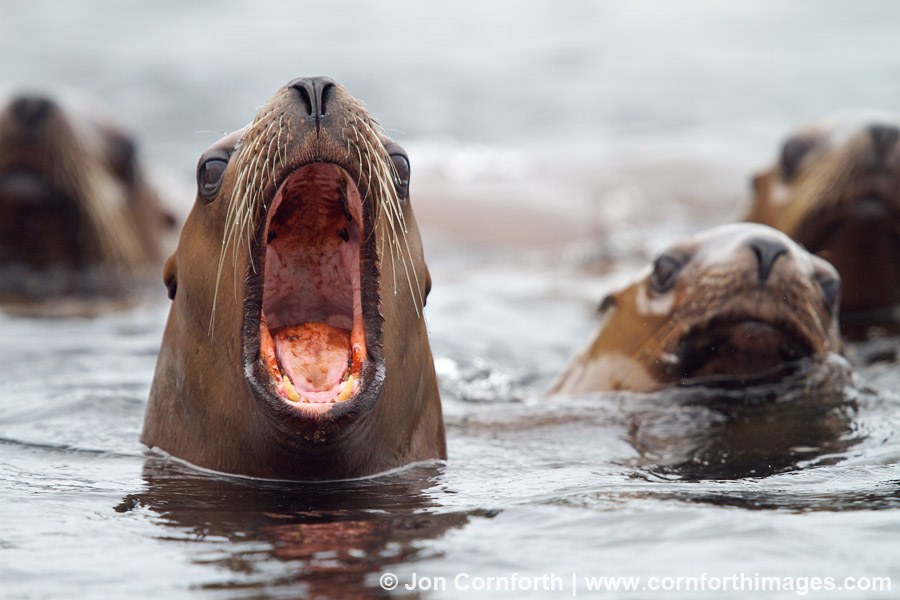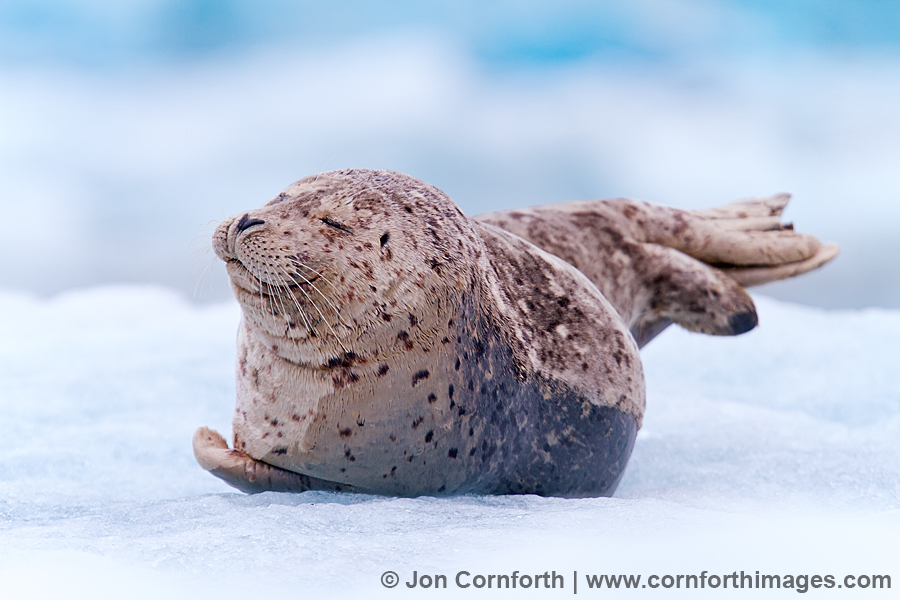
Mt McKinley & Mt Foraker Sunset Aerial 1
Posted onDuring my recent Alaska trip, I was able to see Mt McKinley almost everyday due to the perfect clear weather. To see the mountain even 1 day is very rare, let alone for 10 days straight. My normal landscape images from the ground were just not very exciting, so I hired a small plane 3 times with various friends in order to fly over the Alaska Range at sunset and sunrise. I did not get the sunset image that I was after on my first flight, but I figured out exactly where I wanted to return to shoot on my second flight. I liked this location because I was slightly back from Mt McKinley (left) and Mt Foraker (right) and able to line them up with these repetitive ridges giving the image some depth rather than just a simple mountain portrait.
I created this image while hand-holding my Canon 5DmkII and Carl Zeiss 50mm f1.4 ZE lens with the airplane’s window open so that I could shoot without the glass obstructing my view. My camera body shoots 4fps. If I hold down the shutter release button I get about 12 images before I fill-up the camera’s memory buffer. With my Sandisk 16GB Extreme CF memory cards, I can photograph almost 600 images before my card is full. That comes out to only 2.5 minutes of actual shooting before I fill-up the card! Over the course of almost 3 hours of flying that is a minimal amount of time. There is a lot of teamwork and communication involved between me and the pilot in order for me to create an aerial image like this. Of course, when I am back home I then have to edit 3000 images of the exact same thing looking for minor variations to find the image with which I am happiest.

